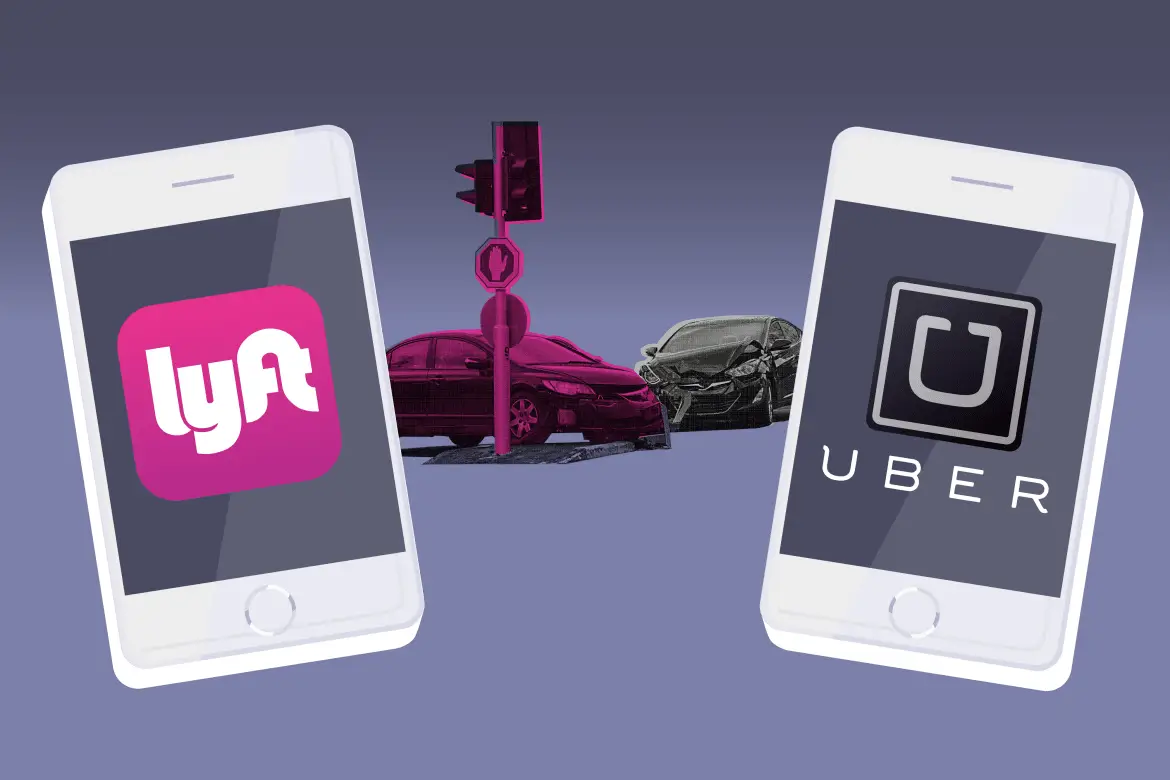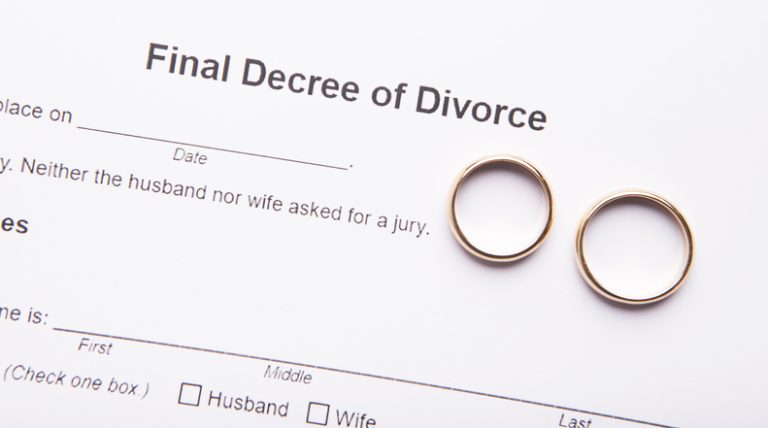Filing an Insurance Claim After a Rideshare Accident: What You Need to Know
Rideshare services like Uber and Lyft have made transportation more convenient, but accidents involving these vehicles can lead to complicated insurance claims. Unlike traditional car accidents, multiple insurance policies may apply, including the driver’s personal insurance, the rideshare company’s coverage, and policies from other involved drivers.
Understanding how to file a claim and what to expect from the process is essential to securing fair compensation. This guide breaks down the steps you should take after a rideshare accident and the challenges you might face when dealing with insurance companies.
Who Covers Damages in a Rideshare Accident?
Determining which insurance policy applies depends on the driver’s status at the time of the accident.
1. When the Rideshare Driver is Offline
If the driver is not logged into the Uber or Lyft app, the accident is treated like any other private vehicle crash. The driver’s personal auto insurance policy is responsible for covering damages.
2. When the Driver is Online but Hasn’t Accepted a Ride
Once the driver is logged into the app but has not yet accepted a ride request, Uber and Lyft provide limited liability coverage:
- $50,000 per person for bodily injury
- $100,000 per accident for bodily injury
- $25,000 per accident for property damage
This coverage only applies if the driver’s personal insurance denies the claim.
3. When the Driver is En Route to a Passenger
Once the driver accepts a ride and is on the way to pick up a passenger, Uber and Lyft provide more extensive coverage:
- $1 million in third-party liability insurance
- Uninsured/underinsured motorist coverage (varies by state)
- Contingent collision and comprehensive coverage (if the driver has their own personal coverage)
4. When the Passenger is in the Vehicle
As soon as a passenger is in the rideshare vehicle, the highest level of insurance coverage applies. Uber and Lyft maintain:
- $1 million in third-party liability insurance
- Uninsured/underinsured motorist coverage
- Collision and comprehensive coverage (if the driver has personal coverage for these damages)
This remains in effect until the passenger exits the vehicle and the ride officially ends in the app.
Steps to Take When Filing a Rideshare Insurance Claim
If you are involved in a rideshare accident, follow these steps to strengthen your claim and improve your chances of receiving compensation.
1. Report the Accident to the Police
A police report serves as an official record of the crash, detailing what happened, who was involved, and any initial assessments of fault. This document is crucial when filing a claim with an insurance company.
2. Gather Evidence
Documentation is key to a successful claim. Be sure to:
- Take photos of all vehicles involved, including license plates and damage.
- Capture images of the accident scene, including traffic signs, road conditions, and weather.
- Get contact and insurance information from all involved parties, including the rideshare driver.
- Collect statements and contact details from any witnesses.
3. Seek Medical Attention
Even if you feel fine, some injuries take time to appear. Seeking medical care right away ensures your injuries are documented, which is essential for your claim. Insurance companies often downplay injuries that lack immediate medical records.
4. Notify Uber or Lyft
Passengers and drivers should report the accident through the rideshare app. Both Uber and Lyft have in-app options for reporting accidents, and they may follow up with further instructions.
5. Contact Your Insurance Company
Regardless of your role in the accident, you should notify your own insurance provider. Even if Uber or Lyft’s policy covers damages, your insurer may need to be involved in the claims process.
6. File a Claim with the Rideshare Insurance Provider
The next step is filing a claim with Uber or Lyft’s insurance provider. You may need to provide:
- A copy of the police report
- Photos of vehicle damage and injuries
- Medical records and bills
- Documentation of lost wages if you missed work
Once your claim is filed, the insurance company will investigate the accident to determine liability and the extent of damages.
Challenges You May Face During the Claims Process
Rideshare insurance claims can be more complex than standard car accident claims. Some common challenges include:
1. Disputes Over Liability
Uber and Lyft often try to minimize their responsibility by arguing that their drivers are independent contractors, not employees. This can make it harder to hold the rideshare company accountable.
2. Coverage Limitations
The $1 million insurance policy may seem like more than enough, but it only applies under specific conditions. If an accident occurs while the driver is waiting for a ride request, coverage is much lower.
3. Delayed or Denied Claims
Insurance companies may try to delay or deny claims to minimize payouts. They might argue that your injuries were pre-existing, that you were partially at fault, or that the policy does not apply in your situation.
4. Low Settlement Offers
Even if your claim is approved, the initial settlement offer may not fully cover your medical expenses, lost wages, or pain and suffering. Insurance companies often make low offers in hopes that claimants will accept them without negotiation.
When to Seek Legal Help
Navigating a rideshare insurance claim can be challenging, especially if you’re dealing with injuries, medical bills, and lost income. An attorney experienced in Uber and Lyft Insurance Claims can help by:
- Determining which insurance policies apply to your situation
- Collecting evidence to prove liability and damages
- Negotiating with insurance companies for a fair settlement
- Filing a lawsuit if necessary to recover full compensation
If you’re facing difficulties with your rideshare insurance claim, seeking legal representation can protect your rights and improve your chances of receiving the compensation you deserve.
Final Thoughts
Filing an insurance claim after a rideshare accident can be complex, as multiple insurance policies may be involved. Knowing which policy applies, gathering strong evidence, and handling insurance companies strategically can make a significant difference in the outcome of your claim.
If you’ve been injured in a rideshare accident, taking the right steps—such as reporting the crash, seeking medical attention, and consulting a lawyer—can ensure you receive fair compensation for your damages. Understanding the claims process and potential challenges will put you in the best position to protect your rights and secure the support you need.






